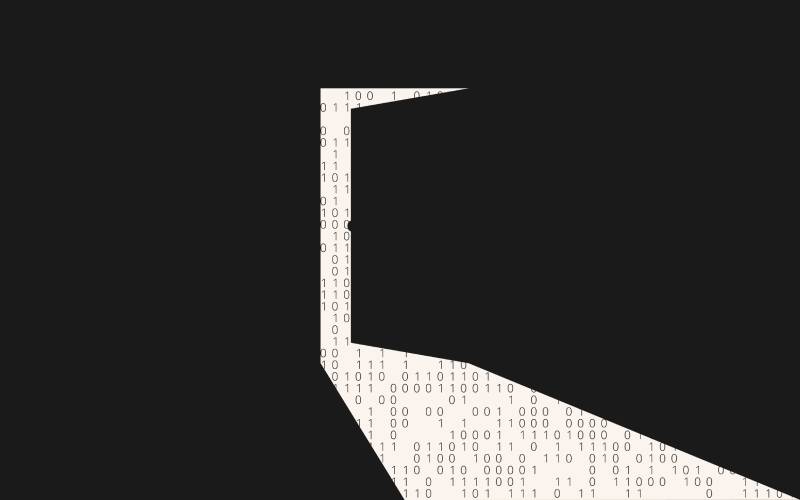Introduction
The Neptune RAT, a pernicious remote access trojan, has been redesigned using Visual Basic.NET and is quickly spreading through popular digital platforms like GitHub, Telegram, and YouTube. This sophisticated malware represents a significant risk to global cyber safety.
Key Features of Neptune RAT
Developed with obscured executable files to thwart easy analysis, Neptune RAT is available without its source code. Here are some of its alarming capabilities:
- Ransomware functionality: Encrypts files and demands payment, potentially leading to complete operational stops in affected businesses.
- Crypto Clipping: Alters clipboard data to steal cryptocurrency by switching user’s wallet addresses with the attacker’s.
- Password Theft: Able to extract credentials from over 270 different applications.
- Live Desktop Monitoring: Provides real-time observation of victim’s screens.
- Antivirus Disabling: Can shut down antivirus software, increasing vulnerability.
Business Impact and Security Implications
According to Satish Swargam, principal security consultant at Black Duck, Neptune RAT’s design for system disruption and password theft translates directly to increased business risk. With vast consequences including data theft and system disruption, organizations are advised to pursue comprehensive monitoring and robust security measures.
Security Countermeasures
Darren Guccione, co-founder and CEO at Keeper Security, emphasizes the disastrous potential of RATs when misused. He stresses the importance of stringent security protocols:
- Continuous monitoring and proactive threat detection
- Robust endpoint protection
- Use of strong, unique passwords and secure password management tools
- Enabling Multi-Factor Authentication (MFA) wherever available
Lawrence Pingree, vice president at Dispersive, points out that Neptune RAT leverages ‘living-off-the-land’ (LOTL) attacks with tools like PowerShell, which are challenging to detect without sophisticated endpoint detection and response (EDR) systems and knowledgeable human oversight.
Conclusion
Neptune RAT’s expansion across major platforms poses a clear and present danger, emphasizing the need for heightened awareness and security practices among all digital users.
Related: How a Zero-Day Ransomware Threat Exploited Windows CLFS to Hijack Systems Globally
Last Updated: April 8, 2025




